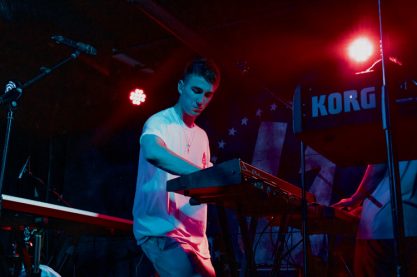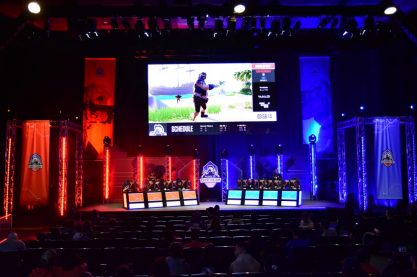Design
FEATURE: GRAFFITI BRAZILIAN STYLE

The world is being rewritten in coloured bombs, its waves the shape of spray cans. Its name is Graffiti. Massively unleashed by the gods of Art in the 60s in Philadelphia and very quickly thereafter in NYC, tinted bursts and lacquered explosions hit subways and streets from then on: a new iconography has been born: Brazil.
As a response to an oppressive political regime and suffocating economical situation, Graffiti lead its inspired children by the paint and brush in the streets of São Paulo. It is from this city that an impressive number of visionary graffiti writers have been surging to the fore of the arts' bastions since the 80s. Creative-mamoths Vitché, Zezao, Nunca and Os Gémeos are some of the city's foremost emanations, now touring the world - amongst them the notable Titi Freak - and their work is now snatched by paint-thirsty galleries and collectors, sought and appreciated by a growing worldwide fan base.

Os Gémeos (the twins) are perhaps the most intriguing of them all. Brothers Otavio and Gustavo Pandolfo, started graffitiying in 1987 and have since gone on to tag together as a duo. Their mark is a distinctive yellow hue which is present in all their depictions. Their work varies from simple tags to complex and detailed murals, covering whole building heights. They say their representations stem from two realms: scenes from the conscious world which stirred their imagination, and scenes from their dreams - dreams that as twins they share. Their drawn and spray-painted characters always bear an introspective look, a hinted smile or held-in tear, painted-thinkers in the midst of the surreal environments Os Gémeos create for them.
One common trait to every single one of these Brazilian graffistas is: the Pixaçao.
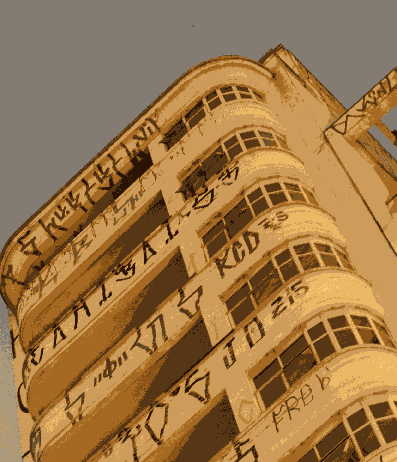
Pixaçao is a fascinating graffiti style, a social movement even, born in the streets of São Paulo and exclusive to Brazil, with the VÍCIO crew its first manifestation in São Paulo. The well known, critically poor redistribution of wealth and non existent social opportunities, have doomed several innocent generations of youths and elderly combined, enclosing them in what we know as favelas. Favela 'residents' are not only surviving under duress and in the most dire of living conditions, but what is more important : they are not recognised, helped nor acknowledged one iota by their fellow wealthier neighbours. A negation of existence from a government entity is to be expected, historical almost, but when it is from the people next door: it angers.
This is where Pixaçao started. With nothing to lose and a hunger for life exacerbated by fight-or-die conditions, groups of graffistas started pouring silently into the city's wealthy quarters every night to tag on a grand scale. So that their work would be in full view once day broke they devised to write their names with make-shift brushes on DIY poles on the entire length of buildings, climbing up balconies in the middle of the night, and jumping from roof top, to poles, to roof top ... needless to say with no net. Many have fallen to their death, those that are caught by the police are beaten and humiliated. But for a pixador who has finally found a way to speak to those who ignore, these risks are no deterrent. The fever of the pixaçao has taken over and given them release. In paint they exist. In brush they reclaimed: identity, individuality and creativity.
The pixaçao is a tagged name, its style is typical in its straight batton-like letters. A large number of these men and girls have had no access to education and many of them are illiterate in the academic sense. Through pixaçao they have invented a new alphabet so that while many pixadores cannot read nor write, they can read and write pixaçaos. It has become their own language, communication and graphs. The debate surrounding pixaçaos and its right to 'be' is at an all time high in Brazil with the establishment entagonising two sides of the same whole. It defines on one side graffity as art, for fame proclaimed the worthy. On the other side are made to stand the pixadores, who are said to be vandals and who 'pollute' Sao Paulo and Rio.
That is why I like Os Gémeos so much, their name alone is a metaphor for what is occurring in Brazil now. The twins: graffiti legalised v. the 'illegal' street art. Two entities born of the same womb, attached yet independent. Like Os Gémeos, when these two sides work together as one they metamorphose into an unmatchable epic talent. Perhaps one day, when the pixadores' social plight has been addressed in real terms then their deeply creative sensitivity can concentrate and work together with the classical (and commercial) art world.
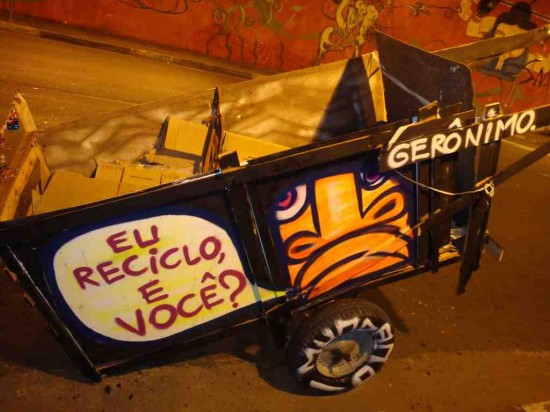
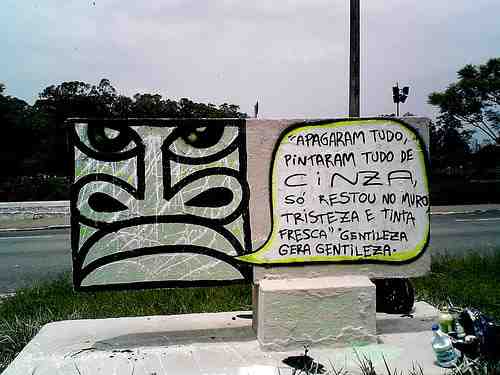
A young emerging representative of the graffiti movement of São Paulo is Mundano (Mundo + Humano, i.e. the world + human). A painter and graffiti artist, Mundano's revolution fights in deep colours. The face that Mundano depicts in most of his work, his mark I should say, is a totem like visage on which the beads of knowing eyes, an ancient mask-like face, speaks its thoughts in bubbles. One of Mundano's project sets him as a mediator between the people and the people: those who work the hardest and meanest jobs in the streets of São Paulo, and those who revel in its richer basin. This project is the 'Carroceiros'. The carroceiros are men who pull wooden carts to street-clean. Theirs is a gruelling job for their massive carts is not powered by engines but by their bodies alone. They recycle paper and are typically despised by a certain thoughtless class lingering in the latest motors. In answer to this Mundano paints the carts with his recognisable colours and mask, with messages such as 'If I could I would recycle politicians', 'Peace is not enough', 'I recycle what about you?', etc. His message goes both ways: a two way street to an open dialogue, honest and intelligent. Mundano was in New York tagging in Brooklyn recently. The graffiti touring world would be enriched if galleries and collectors would bring him and his work to the Northern hemisphere.
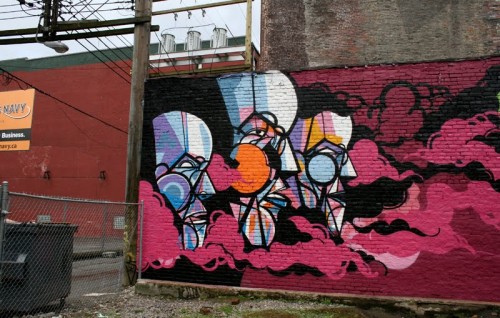
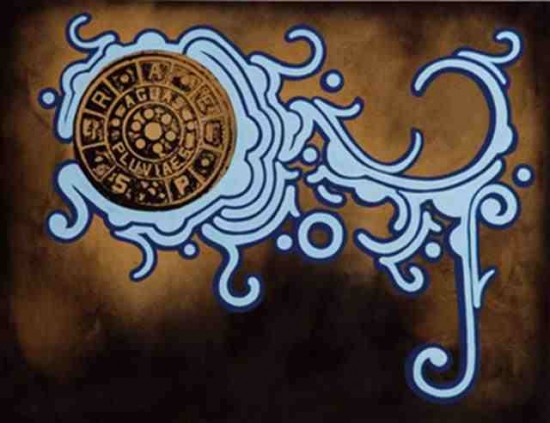
So, the breath of Graffiti follows the oceans' currents. Opposite the American continent it emerged in the Mediterranean, in Toulouse, spray-writing on the map its women graffistas names.

